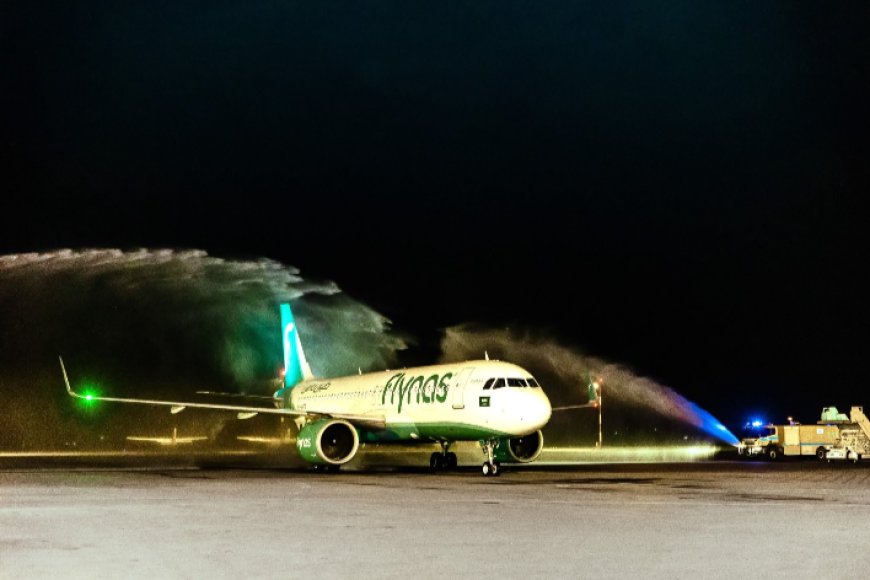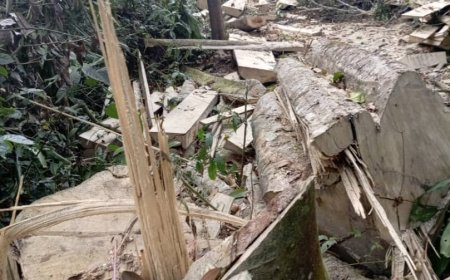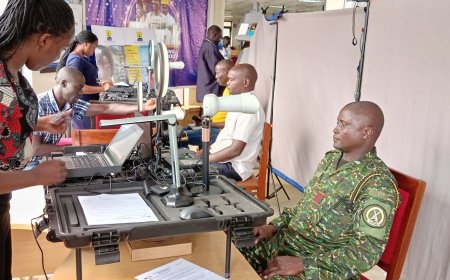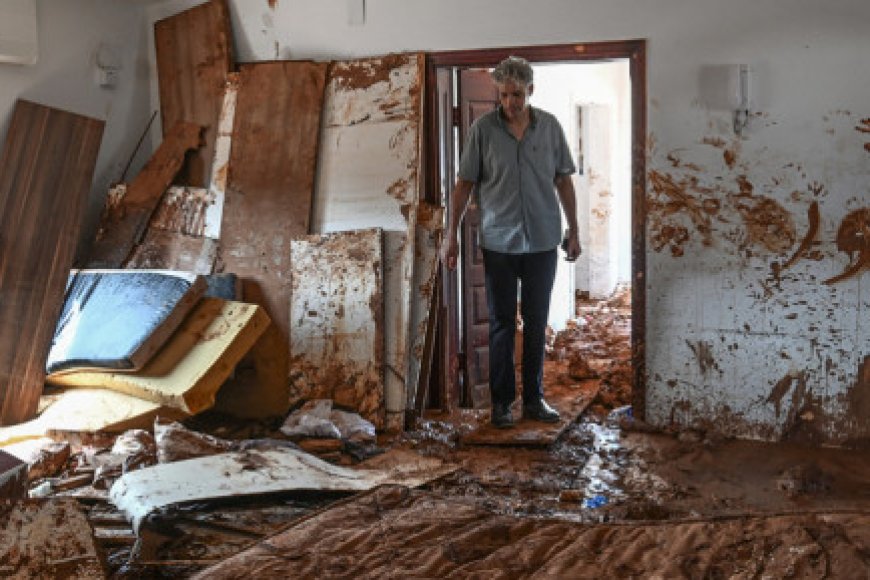How Israel Intelligence Tracked Nasrallah's Movements Until Elimination
This disruption of Hezbollah's infrastructure, coupled with the loss of its senior leadership, leaves the group vulnerable at a time when it faces growing pressure from both Israel and its Iranian backers
On September 27 2024 the Israeli Air Force launched a meticulously planned airstrike that eliminated Hezbollah's chief, Hassan Nasrallah, along with several high ranking members of the Iran backed group.
The precision strike carried out in southern Beirut targeted a heavily fortified bunker located 60 feet underground where Nasrallah and other Hezbollah leaders had gathered to discuss strategy amid rising tensions with Israel, the airstrike targeting one of the most secretive and fortified locations in Lebanon is one of the most significant Israeli military actions in recent memory, potentially reshaping the geopolitical landscape of the Middle East.

The operation that killed Nasrallah, leader of the Iran backed Hezbollah group, was not a spur of the moment strike, Israeli intelligence agencies, in coordination with foreign counterparts, meticulously gathered information about Hezbollah's leadership for over two decades ( 20 years), these efforts intensified as Nasrallah emerged as one of Israel's most wanted targets following Hezbollah's involvement in numerous attacks on Israeli and Jewish targets worldwide.
On the day of the strike, Nasrallah had gathered with other high ranking Hezbollah commanders in a heavily fortified bunker in southern Beirut to discuss strategies against Israel. According to a report from The Wall Street Journal.
Nasrallah and his commanders were under pressure from Iran to avoid immediate retaliation, even as tensions between Hezbollah and Israel reached a fever pitch.
The bunker, designed to withstand substantial military assaults, was buried deep underground, reinforcing the illusion of invulnerability. However, Israeli military intelligence had been carefully tracking Nasrallah’s movements for years, identifying moments when Hezbollah's top brass deviated from their routine, a telltale sign of strategic gatherings.

The strike on Nasrallah's bunker was carried out using highly specialized bunker busting bombs. These bombs designed to pierce through 60 feet of Earth and reinforced concrete, were dropped by Israeli fighter jets in a series of timed explosions.
This ensured that each subsequent bomb dug deeper into the ground until the bunker's defenses were shattered. Israeli forces dropped 80 tons of these bombs capable of piercing through 30 meters of earth or six meters of reinforced concrete. The design of these munitions harks back to World War Two, specifically, the Germany engineered Rosling shells adapted and improved over the decades.
The result was a strike that obliterated Hezbollah's command bunker and killed several senior members of the group, including Nasrallah himself. Israel's success in eliminating Nasrallah was largely due to its extensive intelligence operations against Hezbollah since the 2006 war, Israeli military intelligence had committed itself to penetrating Hezbollah's inner workings.
This task was far from easy, as Hezbollah is one of the world's most secretive and heavily armed militias with close ties to Iran's Revolutionary Guards. The turning point came in 2012 when Hezbollah fighters were deployed to Syria to support President Bashar Al Assad's regime during the Syrian Civil War, the conflict exposed Hezbollah to a far greater degree of scrutiny as the group's fighters were killed and wounded in large numbers, leading to the public disclosure of personal details about many of its members.
This influx of information allowed Israeli intelligence to build detailed profiles of Hezbollah commanders, including Nasrallah himself. Israel's intelligence apparatus also employed advanced hacking techniques targeting Hezbollah's communication devices, surveillance systems and even vehicles. Israeli spies reportedly tracked the movements of Hezbollah leaders through their cars odometers and hacked into surveillance cameras across Lebanon, gaining real time insights into their whereabouts.
On September 27 2024 this intelligence paid off, as Israeli forces tracked Nasrallah's journey to his command bunker and timed the strike to coincide with his arrival. Nasrallah's assassination is by far Israel's most significant victory against Hezbollah in recent years. His death, along with the elimination of other senior Hezbollah commanders, represents a major blow to the group's operational capabilities.

The Israel Defense Forces IDF confirmed that eight of Hezbollah's nine top military commanders were killed in the past year, with many of these killings taking place in the last few weeks. This includes leaders from Hezbollah's rocket division and the elite Radwan force, which has been involved in high profile attacks against Israel. The airstrike that killed Nasrallah also targeted Hezbollah's military assets, destroying vital electronic equipment and a significant cache of missiles.
This disruption of Hezbollah's infrastructure, coupled with the loss of its senior leadership, leaves the group vulnerable at a time when it faces growing pressure from both Israel and its Iranian backers. Hezbollah has yet to formally announce how Nasrallah died, but Lebanese medical and security sources told media (Reuters) that the terror leader's body was recovered intact, suggesting that he died from blunt trauma caused by the blast rather than direct wounds.
The assassination of Hassan Nasrallah is likely to escalate tensions between Israel and Hezbollah, as well as their regional allies. Hezbollah, which has vowed revenge for Nasrallah's death, has been a key player in the ongoing conflict between Israel and Iran. For decades, Nasrallah was the face of Hezbollah's resistance against Israel, leading a militia that boasts 10s of 1000s of fighters in an arsenal of rockets capable of reaching deep into Israeli territory.
While Hezbollah has yet to retaliate, Israel's military has vowed to continue its campaign against the group until it ceases its attacks.
Prime Minister Benjamin Netanyahu, who was in New York attending the United Nations General Assembly at the time of the strike, gave the green light for the attack, further highlighting the international scope of Israel's efforts to eliminate Hezbollah's leadership. Nasrallah's death marks a turning point in Israel's long standing battle against Hezbollah. The group's resilience and ability to retaliate in the wake of this loss remain to be seen. For Israel, the elimination of its most formidable enemy is a significant victory, though the future of the conflict remains uncertain.























































































































